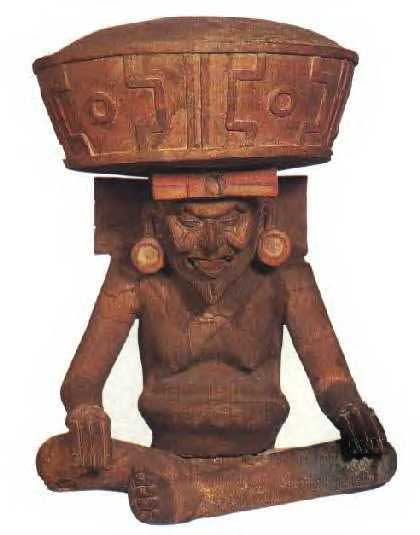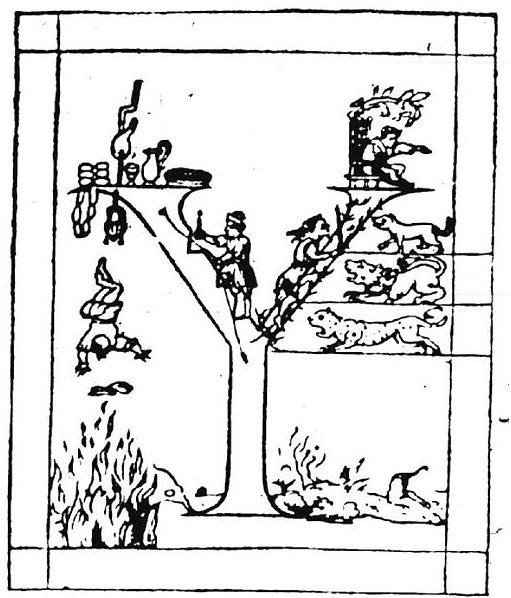168. There seems to have been a dark
(4th) quarter
from the place where the Fire Altar (Ara)
was turned upside down to where a new year
was drawn up again from the Underworld:
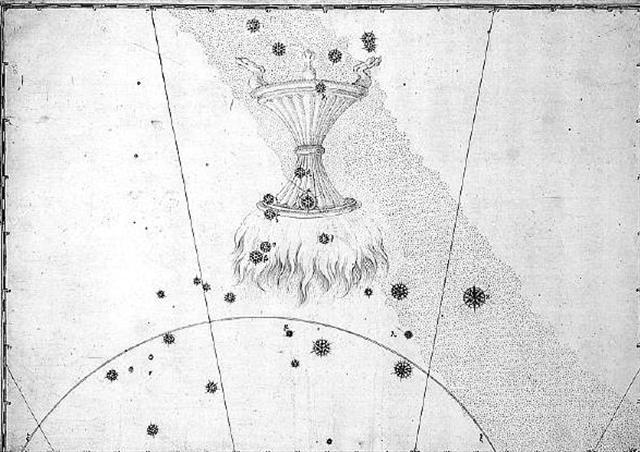
...
In the morning of the world, there was
nothing but water. The Loon was calling, and
the old man who at that time bore the
Raven's name, Nangkilstlas, asked her
why. 'The gods are homeless', the Loon
replied. 'I'll see to it', said the old man,
without moving from the fire in his house on
the floor of the sea. Then as the old man
continued to lie by his fire, the Raven flew
over the sea. The clouds broke. He flew
upward, drove his beak into the sky and
scrambled over the rim to the upper world.
There he discovered a town, and in one of
the houses a woman had just given birth
...
On Easter Island the seasons were 'upside
down' and therefore this dark quarter was at
the other side of the year and would begin when the
Sun had reached El Nath and end when the Sun
arrived at the pair of stars ξ and ν Ursae
Majoris (Alula, The First Spring of the Gazelle).
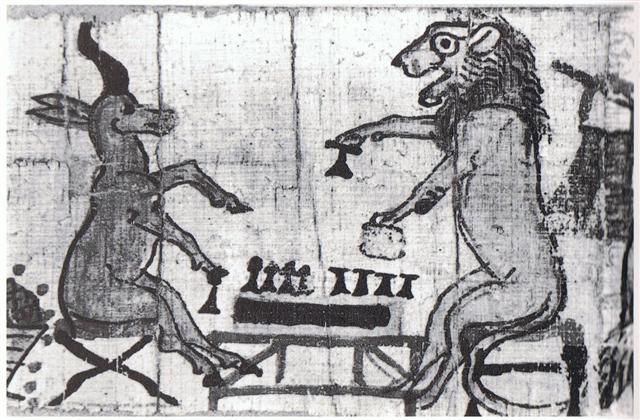
 |
 |
 |
|
Cb2-8 (424 = 364 + 60 = 8 * 53) |
Cb2-9 (425 =
17
*
25
= 392 + 33) |
Cb2-10 (426 = 407 + 19 = 6 * 71) |
|
Niu |
moe te goe |
 |
 |
|
mago |
Cb2-10 |
Mago.
Spotted dogfish, small
shark. Vanaga. Mogo,
shark. P Pau.: mago,
id. Mgv. mago, id.
Mq. mano, mako, mono,
moko id. T. maó,
id. In addition to this list
the word is found as mago
in Samoa, Maori, Niuē, and
in Viti as mego. It
is only in Rapanui and the
Marquesas that we encounter
the variant mogo.
Churchill.
 |
 |
326 |
 |
38 |
|
Toki |
Ga2-1 |
Cb2-5 |
|
CANOPUS (*95) |
ALCYONE (*56) |
Toki.
Small basalt axe. Vanaga. Stone
adze. Van Tilburg. Ha'amoe
ra'a toki = 'Put the adze to
sleep' (i.e. hide it in the
temple during the night).
Barthel. Month of the ancient
Rapanui calendar. Fedorova
according to Fischer. To'i.
T. Stone adze (e to'i
purepure = with the
wounderful adze). Henry.
The Araukan Indians in the
coastal area of northern Chile,
have customs similar to those on
the Marquesas and in both areas
toki means adze according
to José Imbelloni. The Araukans
also called their chief of war
toki and the ceremonial
adze symbolized his function and
was exhibited at the outbreak of
war. In Polynesia Toki
was the name of a chief elevated
by the Gods and his sign was the
blade of a toki. Fraser.
Axe, stone hatchet, stone tool
...; maea toki, hard
slates, black, red, and gray,
used for axes T. P Pau.: toki,
to strike, the edge of tools, an
iron hatchet. Mgv.: toki,
an adze. Mq.: toki, axe,
hatchet. Ta.: toi, axe.
Churchill.
A Maori saying: he iti toki,
e rite ana ki te tangata =
though the adze be small, yet
does it equal a man. (Starzecka) |
|
INVISIBLY CLOSE TO THE SUN NORTH
OF THE EQUATOR: |
|
υ Herculis (242.3), ρ Cor.
Borealis (242.4), ι Cor.
Borealis (242.5), θ Draconis
(242.6), ξ Scorpii (242.7)
SCHEDIR (α Cassiopeiae) |
16h (243.5)
ACRAB = β Scorpii,
JABHAT AL ACRAB
(Forehead of the Scorpion) = ω
Scorpii
(243.3), θ Lupi,
RUTILICUS = β Herculis
(243.5),
MARFIK (Elbow) = κ Herculis
(243.7), φ Herculis (243.8) |
ψ Scorpii (244.6),
LESATH (Sting) =
ν Scorpii
(244.8) |
|
Nov 18 |
19 |
20 (324) |
|
SEPT 15 |
16 (*179) |
17 (260) |
|
238 |
239 |
240 = 260 - 20 |
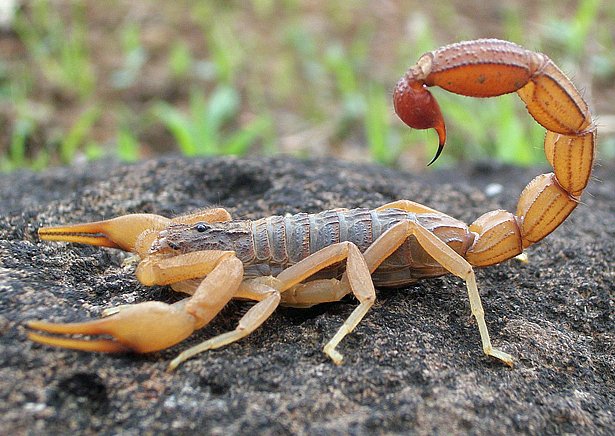 |
|
CLOSE TO THE FULL MOON
ON EASTER ISLAND: |
|
λ
Tauri (59.3),
ν Tauri
(59.9) |
4h (60.9)
JĪSHUĬ (Piled-up Waters) = λ
Persei
(60.7)
COR
CAROLI (α Canum Ven.)
|
υ
Persei (61.2) |
|
May 19 (324 - 185) |
20 (140) |
21 (*61 = *45 + 16) |
|
ºMay 15 |
16 (136) |
17 (*57) |
|
'April 22 |
23 (113) |
24 (*34) |
|
"April 8 |
9 (99 + 365 = 464) |
10 (*20) |
|
MARCH 16 (75 = 80 - 5) |
17 (*361 = 464 - 80 - 23) |
18 (77 = *362 + 80 - 365) |
|
55 |
56 |
57 = 77 - 20 = 141 - 84 |
|
Egyptian cobra in repose |
 |
Phoenician nūn |
 |
Greek
nu |
Ν (ν) |
|
...
Nun is thought to
have come from a
pictogram of a snake
(the Hebrew word for
snake, nachash
begins with a Nun
and snake in Aramaic is
nun) or eel.
Some have
hypothesized a
hieroglyph of a fish in
water for its origin (in
Arabic,
nūn means
large fish or whale).
The Phoenician letter
was named
nūn 'fish', but
the glyph has been
suggested to descend
from a hypothetical
Proto-Canaanite
nahš
'snake', based on the
name in Ethiopic,
ultimately from a
hieroglyph representing
a snake.
... Nahš
in modern Arabic
literally means 'bad
luck'. The cognate
letter in Ge'ez and
descended Semitic
languages of Ethiopia is
nehas, which also
means 'brass'. |
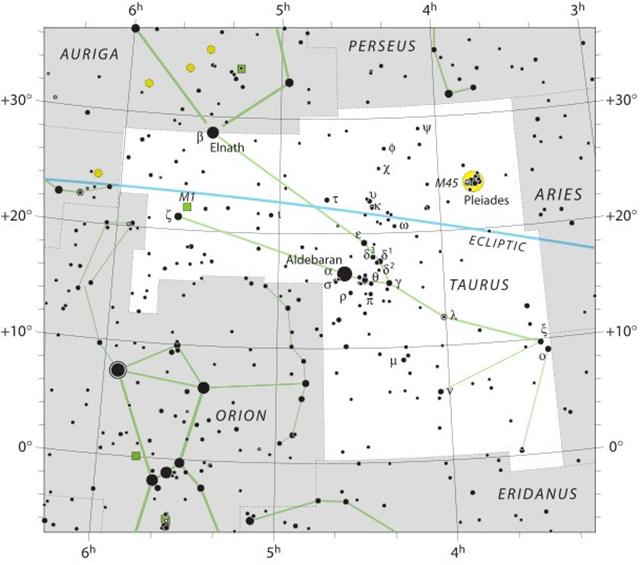 |
|
17 |
 |
 |
 |
|
Cb3-3 (444 = 364 + 80) |
Cb3-4 (445 = 392 + 53) |
Cb3-5 (54) |
|
ko te henua - te rima |
e kava |
i haga rave ika |
|
INVISIBLY CLOSE TO THE SUN NORTH
OF THE EQUATOR: |
|
ξ Ophiuchi (262.2), θ Ophiuchi,
ν Serpentis, ζ, ι Apodis
(262.4), ι Arae (262.8), ρ
Herculis (262.9) |
β, γ Arae (263.3),
Κ Arae
(263.5), σ Ophiuchi (263.6) |
LESATH
(The Sting) =
υ
Scorpii,
δ Arae (264.7),
CHOO =
Α Arae
(264.9) |
|
Dec 8 (342 = 6 * 57) |
9 (7 * 7 * 7) |
10 (*264 = *81 + 183) |
|
OCT 5 (278) |
6 |
7 (*200) |
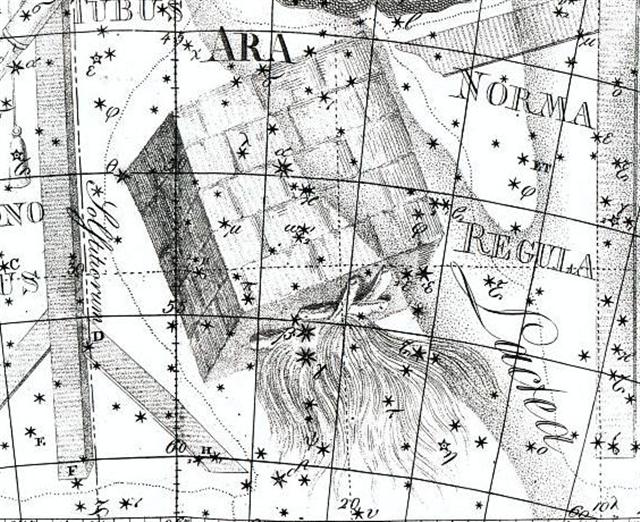
... For they say that the
course of human life
resembles the letter Y [as
in upsilon] , because every
one of men, when he has
reached the threshold of
early youth, and has arrived
at the place 'where the way
divides itself into two
parts', is in doubt, and
hesitates, and does not know
to which side he should
rather turn himself´...
|
|
CLOSE TO THE FULL MOON
ON EASTER ISLAND: |
|
λ
Aurigae (79.0), λ Leporis
(79.6), ρ Aurigae (79.7)
ARCTURUS (α Bootis) |
σ
Aurigae (80.4),
BELLATRIX (Female Warrior) = γ
Orionis, SAIF AL JABBAR (Sword
of the Giant) = η Orionis
(80.7),
ELNATH
(The Butting One) = β Tauri
(80.9) |
ψ
Orionis (81.1),
NIHAL (Thirst-slaking Camels) =
β Leporis
(81.7) |
|
June 8 |
9 (*80) |
10 (161) |
|
APRIL 5 (95) |
6 |
7 (*16 + *1) |
|
... Midsummer is the flowering
season of the oak, which is the
tree of endurance and triumph,
and like the ash is said to
'court the lightning flash'. Its
roots are believed to extend as
deep underground as its branches
rise in the air - Virgil
mentions this - which makes it
emblematic of a god whose law
runs both in Heaven and in the
Underworld ... The month, which
takes its name from Juppiter the
oak-god, begins on June 10th and
ends of July 7th. Midway comes
St. John's Day, June 24th, the
day on which the oak-king was
sacrificially burned alive. The
Celtic year was divided into two
halves with the second half
beginning in July, apparently
after a seven-day wake, or
funeral feast, in the oak-king's
honour ...
 |
|
87 |
 |
 |
 |
 |
 |
|
Cb6-27 (142 = 88 + 54) |
Cb6-28 |
Cb6-29 (392 + 12 * 12) |
Cb7-1 |
Cb7-2 |
|
kua tupu te
kihikihi |
ku kikiu |
te henua |
Te hokohuki |
te moko |

Kihi.
Kihikihi,
lichen; also: grey, greenish
grey, ashen. Vanaga. Kihikihi,
lichen T, stone T. Churchill.
The Hawaiian day was divided in
three general parts, like that
of the early Greeks and Latins,
- morning, noon, and afternoon -
Kakahi-aka, breaking the
shadows, scil. of night;
Awakea, for Ao-akea,
the plain full day; and
Auina-la, the decline of the
day.
The lapse of the night, however,
was noted by five stations, if I
may say so, and four intervals
of time, viz.: (1.) Kihi,
at 6 P.M., or about sunset; (2.)
Pili, between sunset and
midnight; (3) Kau,
indicating midnight; (4.)
Pilipuka, between midnight
and surise, or about 3 A.M.;
(5.) Kihipuka,
corresponding to sunrise, or
about 6 A.M. (Fornander) |
|
INVISIBLY CLOSE TO THE SUN NORTH
OF THE EQUATOR: |
|
SIMMAH = γ Piscium
(351.7) |
φ Aquarii (352.0), ψ Aquarii
(352.4), χ Aquarii (352.6), γ
Tucanae, φ Gruis (352.8) |
CROSS-BARS |
ο Gruis,
Snowball Nebula = NGC7662
Andromedae
(355.0), τ Oct. (355.3) |
|
ο Cephei (353.3),
KERB
(Bucket Rope) = τ Pegasi
(353.6) |
κ Piscium (354.2), θ Piscium
(354.4), υ Pegasi (354.9) |
|
March 7 |
8 (432 = 4 * 108) |
9 (68) |
10 (*354) |
11 |
|
JAN 2 |
3 (368 = 4 * 92) |
4 |
5 |
6 |

... With
α
Andromedae [Sirrah
→ Navel]
and
γ
Pegasi [Kerb], as the Three
Guides, it [Caph →
Phoenician Kaph, Hand] marks the
equinoctial colure, itself
exceedingly close to that great
circle; and, being located on
the same side of the pole as is
Polaris, it always affords an
approximate indication of the
latter's position with respect
to that point. This same
location, 32º from the pole, and
very near to the prime meridian,
has rendered it useful for
marking sidereal time. When
above Polaris and nearest the
zenith the astronomical day
begins at 0 hours, 0 minutes,
and 0 seconds; when due west the
sidereal time is 6 hours; when
south and nearest the horizon,
12 hours, and when east, 18
hours; this celestial clockhand
then moving on the heavenly dial
contrary to the motion of the
hands of our terrestrial clocks,
and at but one half the speed
...
...
τ,
4.5, with
υ,
was Al Sufi's Sa'd al Na'amah,
which Knobel thinks should be
Al Na'āim, the Cross-bars
over a well; but they also were
known as Al Karab, the
Bucket-rope. The usual titles
for
τ
- Markab and Sagma
or Salma - are from
Bayer, but the last two should
be Salm, a Leathern
Bucket
... |
|
CLOSE TO THE FULL MOON
ON EASTER ISLAND: |
|
AL SHARAS
(The Rib) = β Crateris (168.6) |
Al Zubrah-9
(Lion's Mane) /
Purva Phalguni-11
ZOSMA
(Girdle) = δ Leonis
(169.2),
COXA
(Hips) = θ Leonis
(169.4) |
φ
Leonis (170.0),
ALULA
(First Spring of the Gazelle) =
ξ, ν Ursae Majoris
(170.5),
LABRUM = δ Crateris
(170.6) |
σ
Leonis (171.1), λ Crateris
(171.6), ι Leonis, ε Crateris
(171.9) |
γ
Crateris,
π Centauri (172.0), κ Crateris
(172.5), τ Leonis (172.8)
GREDI (α Capricorni) |
|
Sept 5 (248) |
6 |
7 |
8 |
9 (*172) |
|
JULY 3 (184) |
4 |
5 |
6 (*107) |
7 |
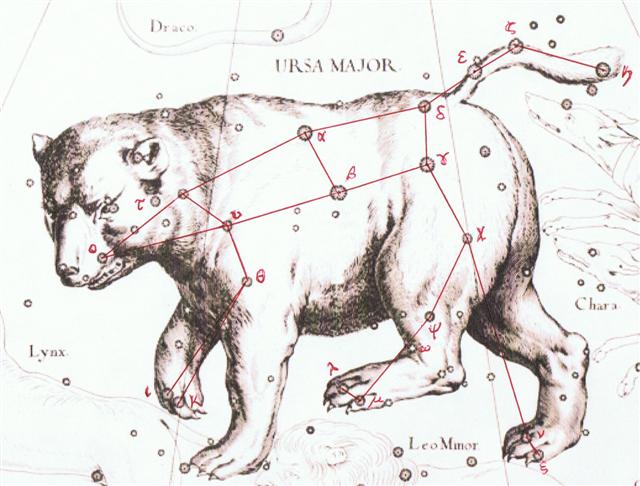 |
 |
 |
 |
 |
 |
|
Cb7-3 |
Cb7-4 (540 = 3 * 180) |
Cb7-5 |
Cb7-6 |
Cb7-7 (151) |
|
te rau hei |
te hokohuki -
rere te manu |
te rau hei |
te moko - te
hokohuki |
rere te manu |
|
INVISIBLY CLOSE TO THE SUN NORTH
OF THE EQUATOR: |
|
no star listed (356) |
ι Phoenicis (357.3), ι Piscium
(357.4), λ Andromedae (357.9) |
λ Piscium
(358.0),
MANUS CATENATA
(Chained Hand) = ι Andromedae
(358.1),
ALRAI (The Shepherd) = γ Cephei,
θ Phoenicis
(358.4), κ Andromedae (358.7) |
ω Aquarii (359.2), 78 Pegasi
(359.5) |
ψ Andromedae (360.1), σ
Phoenicis (360.4) |
|
March 12 (436) |
13 |
3-14 (73) |
15 |
16 (*360) |
|
JAN 7 (372 = 12 * 31) |
8 |
9 |
10 (*295) |
11 (376 = 2 * 188) |
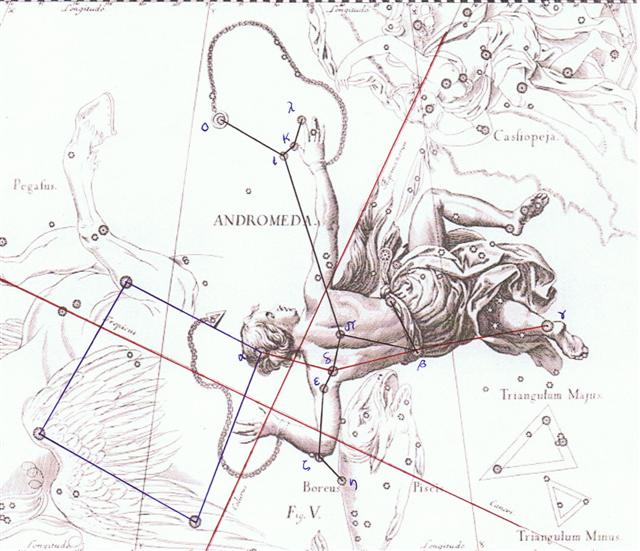 |
|
CLOSE TO THE FULL MOON
ON EASTER ISLAND: |
|
ο¹ Centauri (173.8) |
GIAUZAR = λ Draconis
(174.0), ξ Hydrae (174.3), ο²
Centauri, λ Centauri (174.8) |
θ
Crateris (175.0), υ Leonis
(175.2), ω Virginis (175.3), ι
Crateris (175.5) |
ο
Hydrae (176.1) |
ζ
Crateris, ξ Virginis (177.0), λ
Muscae (177.1), ν Virginis
(177.2), μ
Muscae (177.8) |
|
Sept 10 |
11 (254) |
12 |
13 |
14 (*177 = 6 * 29½) |
|
JULY 8 |
9 |
10 (*111) |
11 |
12
(193) |
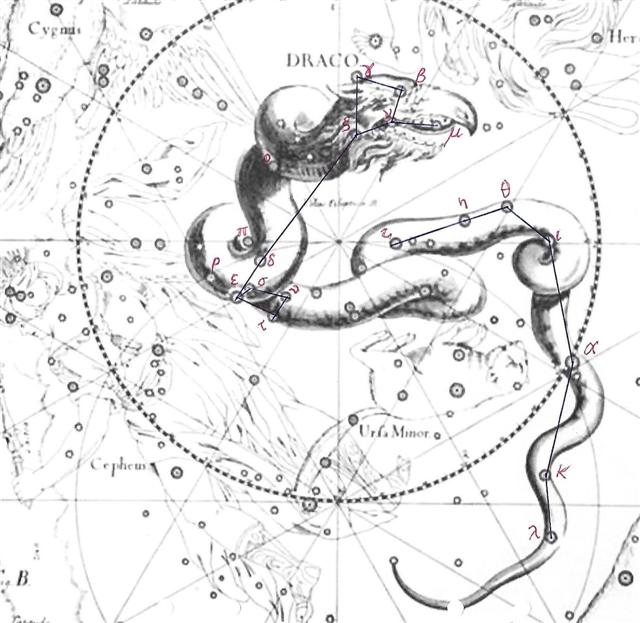 |
The bad luck of the 4th
quarter
... Interestingly, since another meaning
of shi is 'death', the number 4
is considered unlucky. For example, the
floor numbering in hotels sometimes
jumps mysteriously from 3 to 5; it is
also considered unlucky to give four of
something as a present
...
could have referred to the fate
of the last quarter of the old ruler,
when he had lost his power in the game and
had been put up in the Tree like a fruit:

...
The state of the tree
loomed large in their thoughts, because
it came about at the same time the head
of One Hunaphu was put in the fork. The
Xibalbans said among themselves: 'No one
is to pick the fruit, nor is anyone to
go beneath the tree', they said. They
restricted themselves, all of Xibalba
held back.
It
isn't clear which is the head of One
Hunaphu; now it's exactly the same as
the fruit of the tree. Calabash came to
be its name, and much was said about it.

And here is the account of a maiden, the
daughter of a lord named Blood Gatherer.
And this is when a maiden heard of it,
the daughter of a lord. Blood Gatherer
is the name of her father, and Blood
Moon is the name of the maiden.

And when he heard the account of the
fruit of the tree, her father retold it.
And she was amazed at the account: I'm
not acquainted with that tree they talk
about. It's fruit is truly sweet! they
say, I hear, she said. Next, she went
all alone and arrived where the tree
stood. It stood at the Place of Ball
Game Sacrifice. What? Well! What's the
fruit of this tree? Shouldn't this tree
bear something sweet? They shouldn't
die, they shouldn't be wasted. Should I
pick one? said the maiden ...

This Tree came about at
the same time as the Head was put in the
Fork. When was this? Perhaps when the
precession had moved the Sun so much
earlier in the year compared to the time
of Orion that the Beak of Black
Raven no longer came at St John's Day
(175).
|
no glyph |
 |
 |
 |
 |
 |
 |
|
Ca1-1 |
Ca1-2 |
Ca1-3 |
Ca1-4 |
Ca1-5 |
Ca1-6 |
|
koia |
ki te hoea |
ki te henua |
te rima te hau tea |
haga i te mea ke |
ki te henua - tagata honui |
|
INVISIBLY CLOSE TO THE SUN
(helical dates): |
|
ºSept 16 |
17 (260) |
18 |
19 |
20 (*183) |
21 (264) |
EQUINOX |
|
*183 - *4 |
*180 |
*181 |
*182 |
*183 |
*184 (= 264 - 80) |
*185 = *2 + *183 |
|
ALCHITA
= α Corvi,
MINKAR (Beak)
= ε Corvi |
PÁLIDA (Pale)
= δ Crucis |
Hasta-13
(Hand or Fist) /
Chariot-28 (Worm)
GIENAH
(Wing) = γ Corvi,
ζ Crucis |
CHANG SHA (Long Sand-bank)
= ζ Corvi |
INTROMETIDA
= ε Crucis,
ACRUX
= α Crucis |
ALGORAB
= δ Corvi,
GACRUX
= γ Crucis |
AVIS
SATYRA
= η Corvi,
KRAZ
= β Corvi |
|
Sept 20 (*183)
'Aug 24 |
(264 = 237 + 27)
(237 = 242 - 5) |
EQUINOX
26 |
23 (266)
27 |
24
28 (240) |
25 (*5 + 183)
29 |
(59 + 183 + 27)
30 (242 = 11 * 22) |
|
"Aug 10 |
11 |
12 |
13 |
14 |
15 (227→ π) |
16 |
|
JULY 18 |
19 (264 - 64) |
20 |
21 |
22 / 7 (π) |
23 |
24 (*125) |
|
179 = 183 - 4 |
180 = 260 - 80 |
181 |
182 |
183 = 203 - 20 |
184 |
185 = 2 + 183 |
|
175 |
176 |
177 = *185 - 8 |
178 |
179 |
180 |
181 = 364 - 183 |
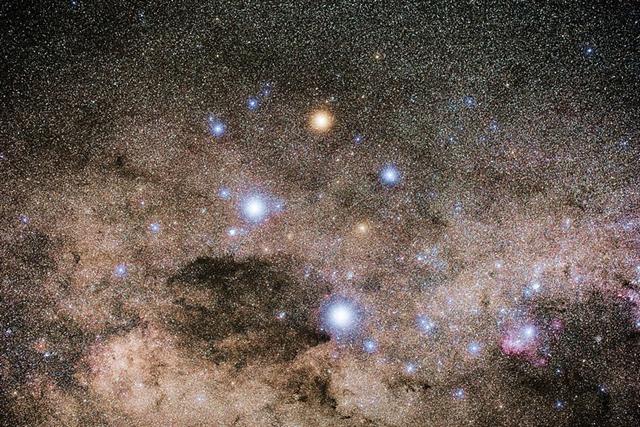
... There was no water in
the village. The lakes and
rivers were dry. Raven and
Crow, two young girls who
were having their first
menstrual courses, were told
to go and draw water from
the ocean. Finding the
journey too long, Raven
decided just to urinate into
her basket-bucket. She
decieved no one and was
severly scolded. Crow
returned much later but with
drinking water. As a
punishment, Raven was
condemned never to find
water in the summer; only in
winter would she find
something to drink. For that
reason the Raven never
drinks during the hot
months; she speaks with a
raucous voice because of her
dry throat ... |
|
CLOSE TO THE FULL MOON (and
nakshatra dates): |
|
ºMarch 17 |
18 (77) |
19 |
20 (*365) |
21 (0h) |
22 |
23 |
|
*362 |
*363 |
*364 |
*365 |
ZERO |
*1 (= *5 - 4) |
*2 |
|
Al
Fargh al Thāni (Rear
Spout)-25
SIRRAH
(Navel of the Horse) = α
Andromedae |
Uttara Bhādrapadā-27
/
Wall-14 (Porcupine)
ALGENIB PEGASI
|
*2 |
*3 |
*4 |
ANKAA = α Phoenicis
(5.0)
ALPHARD (α Hydrae) |
*6 (=
398 - 392) |
|
March 21 (0h)
'Febr 22 |
22
TERMINALIA |
23
24 |
24 (83)
25 (56) |
JULIAN EQUINOX
26 (84 - 27) |
26
27 |
27
28 |
|
"Febr 8 |
9 |
10 |
11 |
12 (84 - 41) |
13 |
14 (45) |
|
JAN 16 |
17 |
18 |
19 |
20 (= 84 - 64) |
21 |
22 |
|
362 |
363 |
364 |
365 |
ZERO |
1 (= 81 - 80) |
2 (= 22 - 20) |
|
358 = *366 - 8 |
359 |
360 = 364 - 4 |
361 |
362 (= 84 - 88) |
363 |
364 |
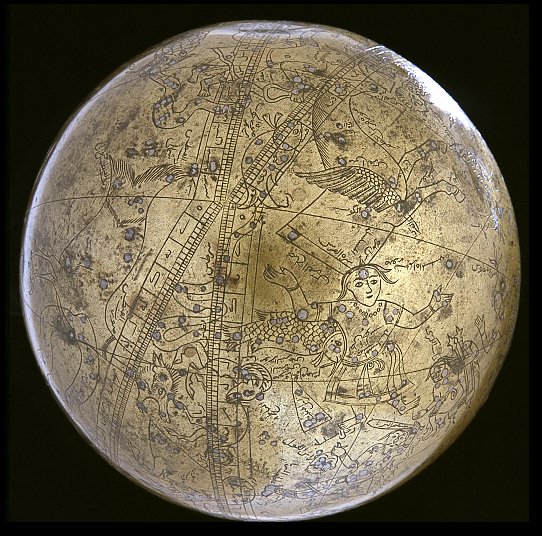
At the time
of the Pope the 'House of
the Giant' (Bet-el-geuze,
α Orionis) had been rising
with the Sun 84 days after
ºMarch 21 (80), i.e. in
ºJune 13 (164). At the time
of rongorongo the distance
from 0h to Betelgeuze had
increased with
4 days due to the
precession, to June 17
(168). Which means
Betelgeuze came 84 days
after the Julian equinox in
March 25 (84 = 12 weeks).
168 = 84 (Julian equinox) +
84 = 24 weeks.
Hyadum II
rose heliacally in MARCH 21
(80, 0h) and this was 64
precessional days earlier
than at the time of
rongorongo (and 60
precessional days earlier
than at the time of the
Pope). Therefore Acrux would
at that ancient time have
been at the Full Moon in day
84 (March 25) - 64 = JANUARY
20 and would have risen with
the Sun in day 20 + 183 = 203
(JULY 22 → 22 / 7 =
π). Since the time of
Hyadum II Acrux had advanced
ahead from this
π date with 64 days
(respectively with 60 days).
At the time
of Betelgeuze (when this
star had been at 0h) Acrux
(†) would have risen with
the Sun *88 (= the right
ascension position of
Betelgeuze at the time of
rongorongo) days earlier in
the year than at the time of
rongorongo. September 24
(day number 267 at heliacal
Acrux) - 88 = 179 (= 80 + 99
= 84 + 95), and this was a
week after the solstice when
the Sun as Father Light
'died' - as well as the
vegetation of spring:
...
And We sent him (on a
mission) to a hundred
thousand (men) or more. And
they believed; so We
permitted them to enjoy
(their life) for a while ... |
Another clue has been
given for us by the sex exchanges of
Atea and Fa'a-hotu
(Make-fruitful), because it was
Ru - their last offspring - who
divided the year into quarters,
presumably by inserting a beam (a
spirit level) across (†):
... It was this Ru who
explored the whole earth and divided
it into north, south, east, and west
...
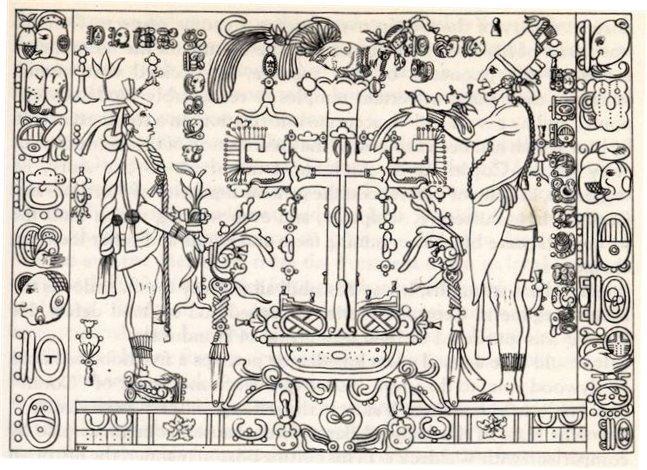
|



